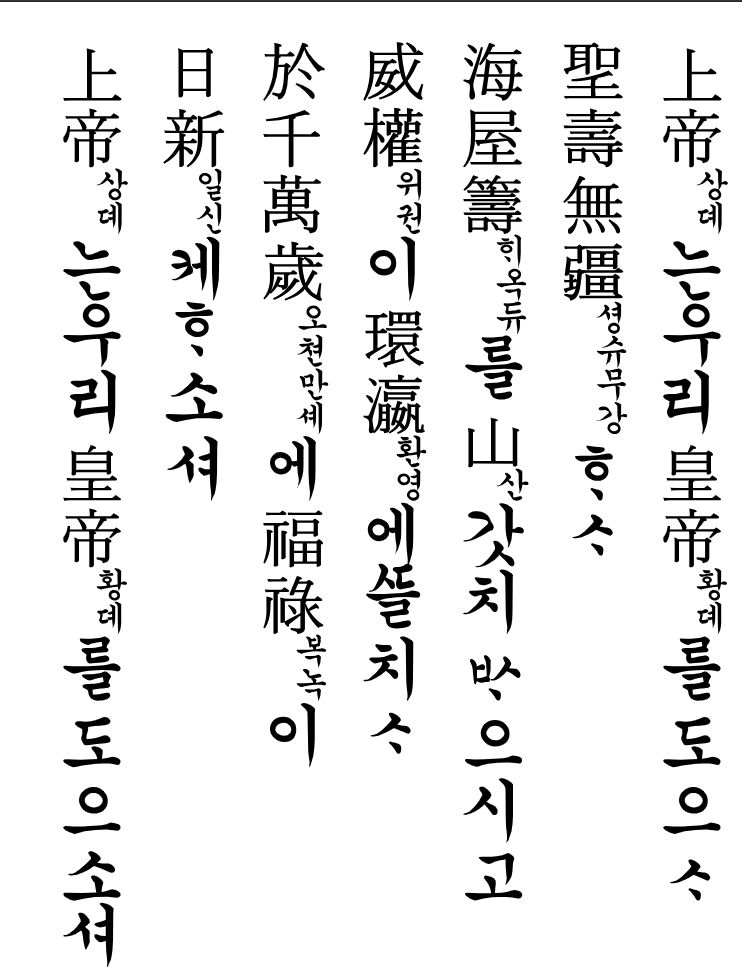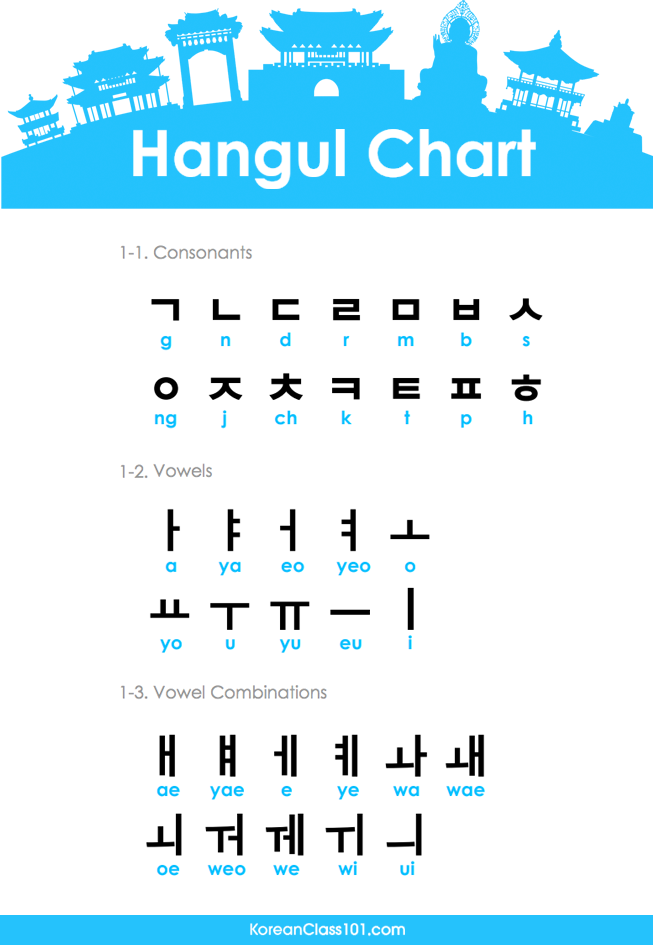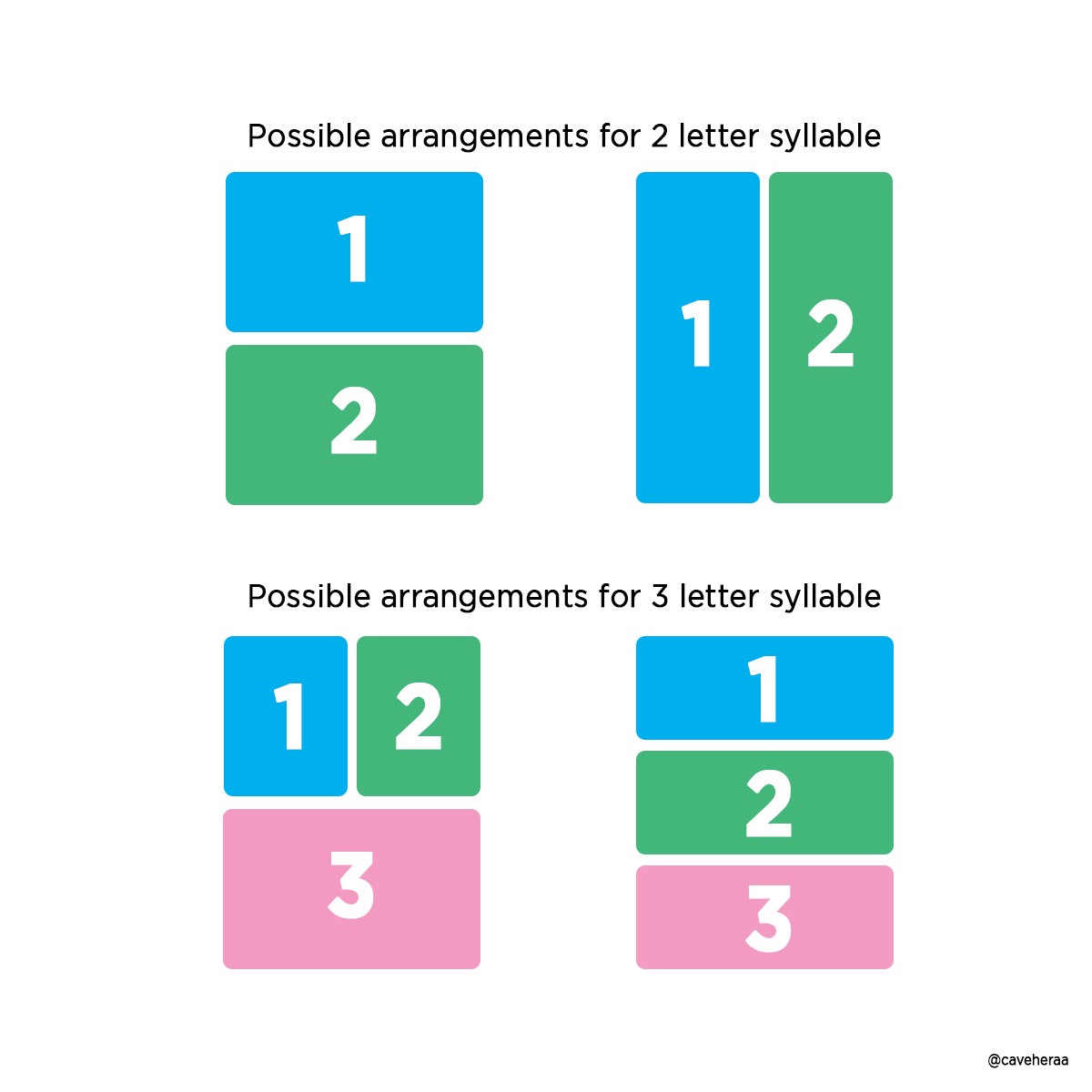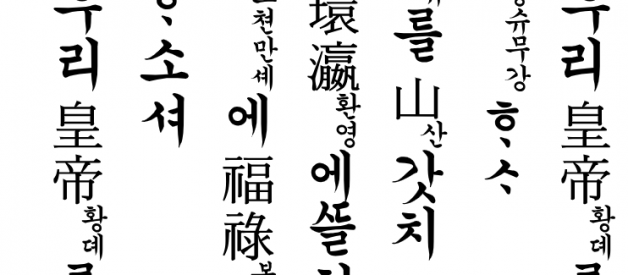O h how English is always at the end of our ire. A brave language it is, really, with its now dead ?k?s in knights and combs, bombs, tombs, in the face of hatred as source material for a never-ending stream of banal listicles.
English is the language everyone loves to hate, perhaps not without reason. Say the following sentence out loud:
Learning English is rough, but it can be understood through tough thorough thought though.
Or, if you?re feeling rather ambitious, try reading this poem written by Dutch writer Dr. Gerard Nolst Trenit in the 1920s, entitled quite aptly ?The Chaos?.
Chances are, even if you?re familiar with the language, you agree that limiting tongue gymnastics when speaking is an excellent idea. To be fair, many of these irregularities arise from the fact that English, as spoken today, is a kaleidoscope of French and Latin words, and even Greek and Old Norse thrown in for good measure. Trying to manage words derived from different languages and fit them into our sound and grammar patterns was (and is) a job hefty enough, and spelling is, regretfully, left to the wayside.
The problem here is a high ratio of sounds to letters and letter combinations ? ?ough? alone produces ten different pronunciations, give or take a few depending on the specific accent or dialect. While there are patterns in spelling, the language lacks one-to-one correspondence, meaning one letter does not correspond to one and only one sound. In other words, the alphabet has 26 letters, but there are 44 distinct sounds in spoken language, of which 19 are vowels alone! The lexicon does make use of digraphs (two letters to represent one sound), like ?ai? in fail or ?ei? in heist, in an attempt to specify sounds that don?t have individual symbols. Other rules like ?Silent E makes the vowel say its name?, turning spit to spite, or c almost always being pronounced as a soft c (?s? sound) when preceding an i or e like citrus or cent, gives us clues to guide us to correct pronunciations. Yet these contextual clues don?t always hold true, and due to different origins, may not contain them at all.
The Latin script English uses, with a dash of Greek, Latin, and French spelling, is simply not efficient. Rapidly changing phonemes and phonology yet relatively unaltered spelling has also contributed to an ever-increasing chasm between sounds and letters. English is also the only modern European language that doesn?t use diacritics, a useful feature that could put into writing the different ways the two ?e?s are pronounced in ?eroded?, for example.
Why the expos on the root of our mispronunciation mishaps? Because it sets the stage for ?? (transliteration: Hangul, translation: Korean), what I believe to be perhaps one of the most intuitive and easiest scripts to exist, and to learn a rather unconventional (uncommon, linguistically speaking) alternative to the orthographies most of us familiar with.
The Korean writing system is unique in that it relies on the alphabetic principle but the visual representation and processing unit are syllable oriented.
Bit of History
Most alphabets you see today are alphabetical scripts based on the North Semitic writing system in the Levant circa 2 BCE. It gave way to Aramaic and Phoenician alphabets, which gave way to Indian, European, and Semitic alphabets. The story of Hangul begins with classical Chinese. But however tempting it is to group Korean with major East and South East Asian languages like Mandarin or Japanese, they actually are not related with the definitiveness of languages like Arabic and Hebrew, or French and Spanish. Some linguists have proposed theories about proto-language families, but currently Korean and varieties of Chinese are considered language isolates.
During the proto-three kingdoms era in 1st century BC, classical Chinese characters were brought and adapted to the Korean language. These are known as Hanja, and are still used in Korea today, though minimally and usually in literary texts. Some road signs even include both individually, or as a mixed script, using both hangul and hanja in one phrase/sentence (couldn?t find a public domain photo, but google ?Korean road signs hanja?).
 By ??? ? Own work, CC0, https://commons.wikimedia.org/w/index.php?curid=32572077
By ??? ? Own work, CC0, https://commons.wikimedia.org/w/index.php?curid=32572077
This is an example of a mixed script. These are the lyrics to the Korean National Anthem, adopted for just short of a decade in the early 20th century.
Even without any knowledge of the language, a keen eye can begin to differentiate between two types of ?blocks?. It might be easiest to categorize them complicated vs simple blocks, but more specifically, some of the characters have many and multi-layer strokes ? these are Hanja ? versus those with fewer, straighter lines ? Hangul. Though I call the latter blocks, not characters, because as we?ll soon see, each of those lines are a letter or part of one. Each of the Hanja characters is also followed by Hangul in tiny writing, though it?s only present here to clarify pronunciation, and would not normally be written.
Though writing system used mostly Hanja for over a millennium, it was reserved for the elite and usually only understood by this subsect of society. Each Hanja is unique and an L2 learner has to memorize hundreds, if not thousands, of characters individually to be able to string together sentences. Some speculate that the vastness of Chinese logograms and difficulty in learning them exacerbated widespread illiteracy. To that end, Joseon King Sejong developed Hangul, writing the preface to a document in 1446 titled Hunminjeong?eum (The Proper Sounds for the Education of the People) and tasking scholars to describe the new alphabet. It was quickly picked up by the public, though not without a fight by the elites.
So in short, yes ? Hangul is distinct in that it was designed purposefully to be easy and phonologically consistent with speech.
The Script
The modern form consists of 21 vowels and 19 consonants. It might sound daunting to the English speaker, but think about our own system mentioned above. What?s easier, learning 26 letters and being left to float in a sea of other grammar and context clues to help pronounce words, or memorizing a set of 40 letters that give you all the sounds needed for the language?
 Photo from KoreanClass101.com. Double consonants are not listed.
Photo from KoreanClass101.com. Double consonants are not listed.
There?s a body of literature that suggests it?s the most phonologically faithful writing system. In that, almost each symbol corresponds to one sound with little exception. Written left to right, the system at first glance may look like Chinese characters, but it couldn?t be more different. Our problem is looking at them in solely in blocks ? which they are ? and neglecting the pieces that make up a whole.
 Credit: me and photoshop
Credit: me and photoshop
We?re used to English, where each letter is one space on a horizontal line, rather than segments that can move up and down. This is because in hangul, each block is one syllable, consisting of 2?3 letters (sometimes 4, we?ll get to that later). It makes it easier for pronunciation as well, as each syllable is clearly defined.
Let?s use ?? (Hangul) as an example. There?s two syllables, han and gul.
The first syllable, or block, is ? (han). It has three sounds, and, in accordance with the lovely one-to-one correspondence, means three letters.
Now that we know how many letters in the syllable, we have to arrange them in the appropriate pattern in a block. When a block has three letters, there?s two options: put the first and second letters next to each other, and the third below, or all three stacked on top of each other like a pancake. How do we know which one to use? The vowel. Syllables are consonant-vowel (CV) if 2 letters or consonant-vowel-consonant (CVC) if 3 letters. Position 2 must be occupied by a vowel. If the vowel is vertical, go with the option that places it next to the first letter. If the vowel is horizontal, pancake it.
First letter is ? ?h?.
Second letter is? ?a?, a vertical looking vowel.
Third letter is ? ?n?.
Then arrange into a block, so instead of ???, with the letters spaced it, it?s ?, in one block.
Does every syllable follow this pattern? Yes. Must every block be CV or CVC? Yes. There is a ? letter that signifies a null sound (no sound) when placed in the left position in the block, so that gives room for words/syllables to start with vowels. There are also some double consonants (CC) and double vowels (VV), but they only appear in pairs, so we can count them as one consonant/vowel and put them in the appropriate position.
Also, all the vowels are easy to pick out, as they consist only of straight lines. There are other consistent patterns, like:
- Adding a double short line adds a ?y? sound to the vowel (? ?a? becoming ? ?ya?).
- Doubling a consonant to make it a ?harder? consonant? (? ?g? to ? ?k?). This is an example of a double consonant, but appear in a pair and for ease can be counted as one letter when arranging them in a block.
A final point of appreciation is how some of the vowels are designed to look like the shape of the mouth when pronouncing them, ? is ?u?, ? is ?eu?, a sound that can only be pronounced when the lips are stretched wide.
So, if you ever have a free few hours, learn ?? for the heck of it. Or seriously. The point isn?t to add another cool party trick to your repertoire ? nor should such a lovely language be reduced to such ? but to see that language learning isn?t mechanical memorization. It?s history so deftly spun that we only see the lines that hide a trove of ancient gems.


